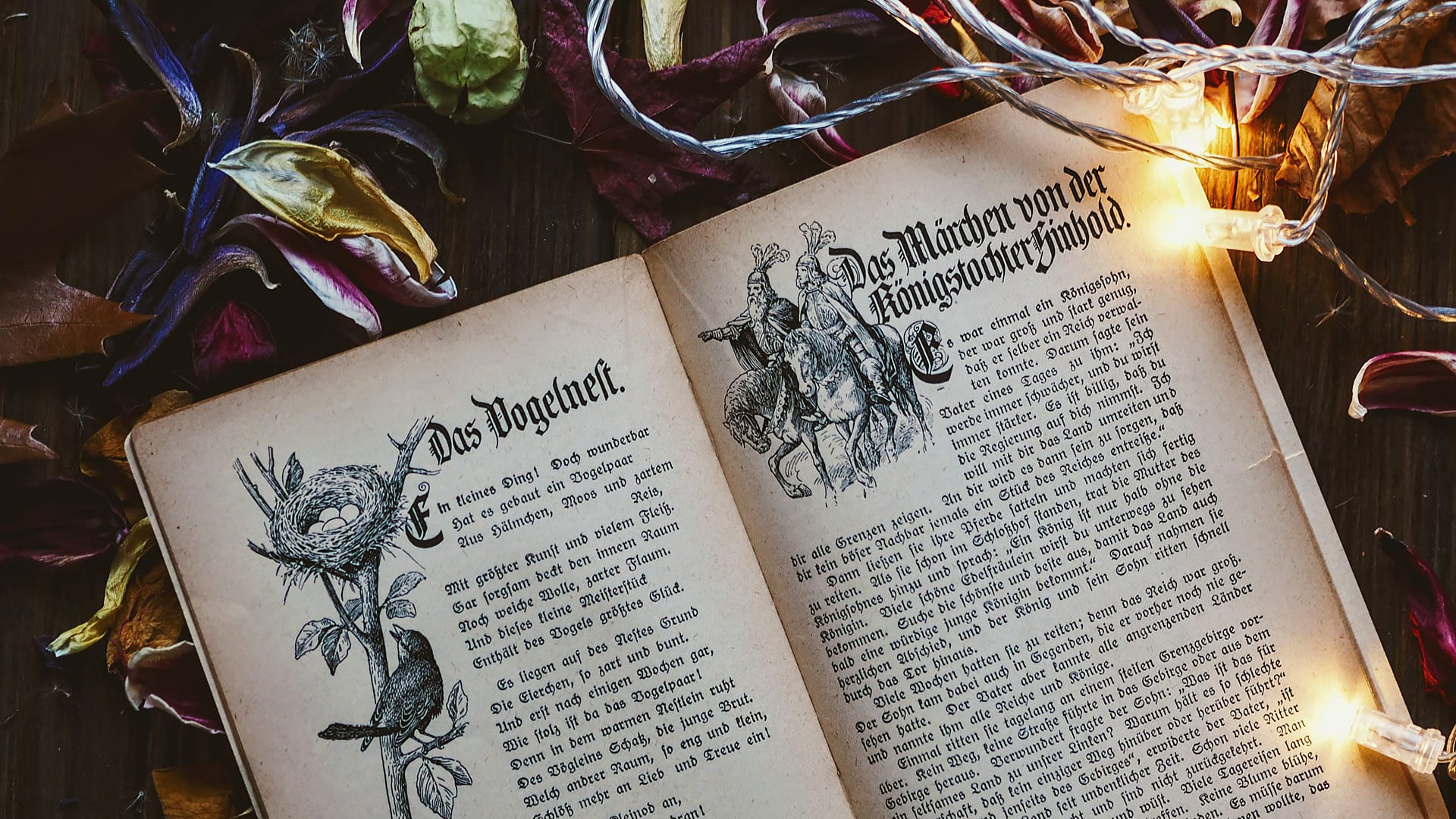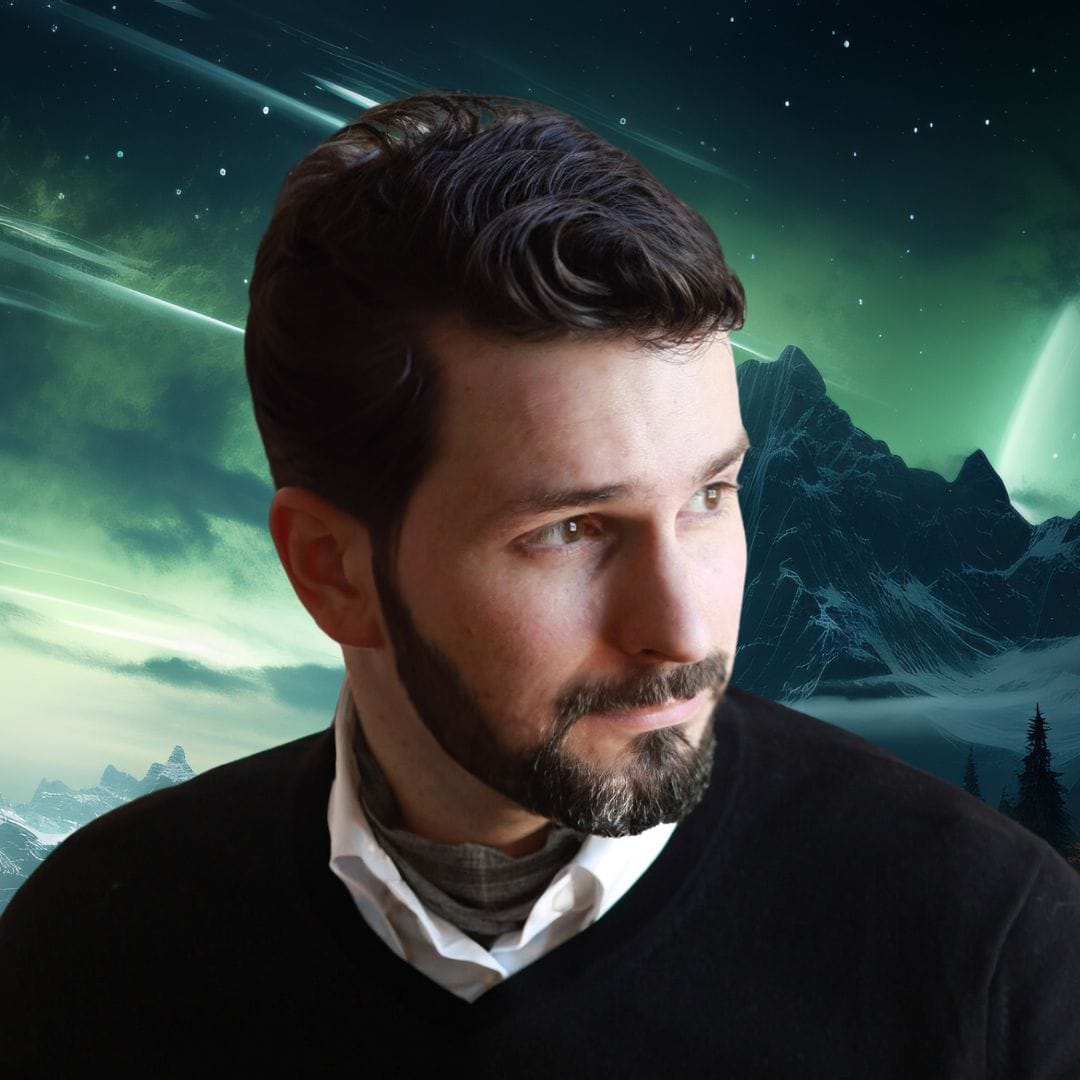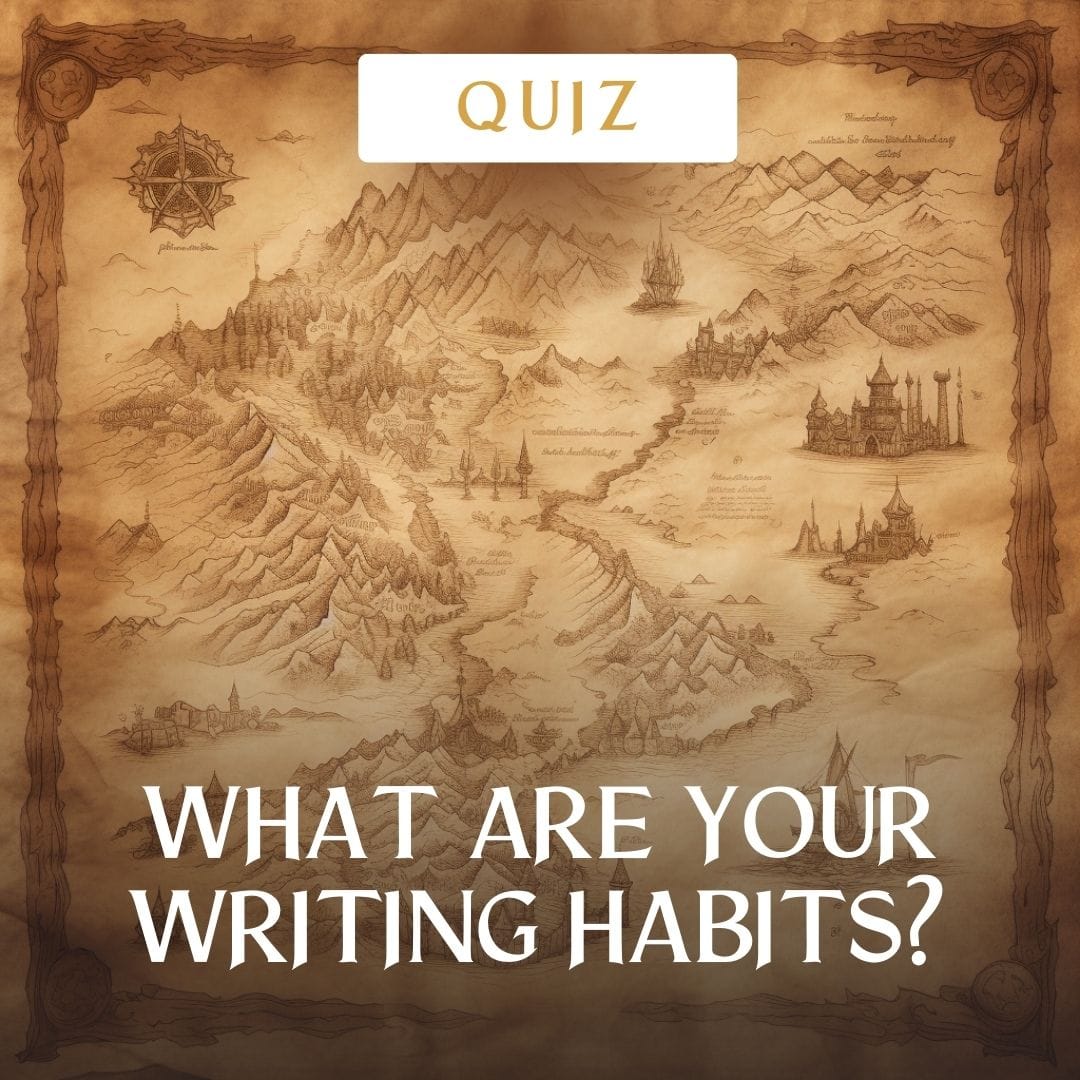First, what is a fairy tale? There are a million of them, told in every culture. But they usually have a little formula that makes them easy to tell apart from other kinds of stories.
Fairy Tales are not cautionary tales that show an example. They are not fables that teach a moral. They are not spiritual stories that lay out a path. They are not mythical origins of a people, or stories of purpose.
Fairy Tales aren’t about fairies, but about the realm of Faery. That liminal place beyond human sight that exists deep within us, and in which we are immersed, like an ocean.
These tales usually are about nameless characters, sometimes children, tasked with chores and great adventures. They are rigorously numerical, and they often follow the stereotypes of human behavior and activity, known as Archetypes. They’re often rich with religious meaning. The characters change into all kinds of animals, die, self-sacrifice, and endure.
But at the end of each tale, the character learns a truth, and returns to being human.
These stories are deft tales of psychological and spiritual meaning. The characters are often unnamed. That way children, or listeners, can see themselves in that situation, can identify the events with themselves.
Dreams are ‘adventures’ in the symbolism of human nature, filled with ideas that can have a universal meaning, or specific meaning to the person. For example, woods and oceans often mean The Unknown. Sometimes it can mean safety, rich with life.
That’s the challenge of symbols, they can only be known in a context. They’re factual, but not the same unchanging fact.
Fairy tales give the listener insight into how human nature should act, and should respond. Sometimes the characters go through dark periods, unable to see the answer, unable to take action. But then a fairy godmother, a talking horse, or a creature from this Land of Faery prompts an insight. And the character grows, takes action.
They are meant to be templates of action that we think on in our daily lives. That’s why the same story is retold a million times. While it can be misunderstood and politicized, the way many have been today, we continue to return the origins of these stories. Because they are timeless, non-personal reflections of our inner life.
Perhaps these should instead be called ‘Numinous Tales’. Because they continue to reveal and unlock new facets of truth in every new decade we live.
- More often than not, these numinous tales are about characters who make bad choices, and must overcome them. Or they cleverly split our inner selves into several characters – our right and left minds into brother and sister. Our potential choices and timelines lived out through a trio of brothers. Our differing spiritual states embodied into a pair of friends.
- Many, many of them are about interaction with the numinous. With angels, elves, sprites, witches, prophecies, ghosts, the fallen… everything that sits on the edge of our vision, and vanishes when we look at it.
- Many are about how we relate to ourselves, discover our own dignity, our own capacity for resilience and influence. How we relate with reverence, fear, humility or wise action to the other beings who fill our world.
From what I can see, a core concept in fairy tales is the growth and change of a character. The return home after a long journey, to realize that the self has changed. The self has grown. The same person is present, but they are no longer who they were at the beginning.
This takes us to the next step; mythology.
“The dominant feeling a myth conveys is: this is absolutely unique; it could not have happened to any other person, or in any other setting; such events are grandiose, awe-inspiring, and could not possibly happen to an ordinary mortal like you or me. The reason is not so much that what takes place is miraculous, but that it is described as such. By contrast, although the events which occur in fairy tales are often unusual and most improbably, they are always presented as ordinary, something that could happen to you or me or the person next door when out on a walk in the woods. Even the most remarkable encounters are related in casual, everyday ways in fairy tales.” Bruno Bettelheim
Read the full post here on ‘The Rewilding of Enchantment‘




0 Comments